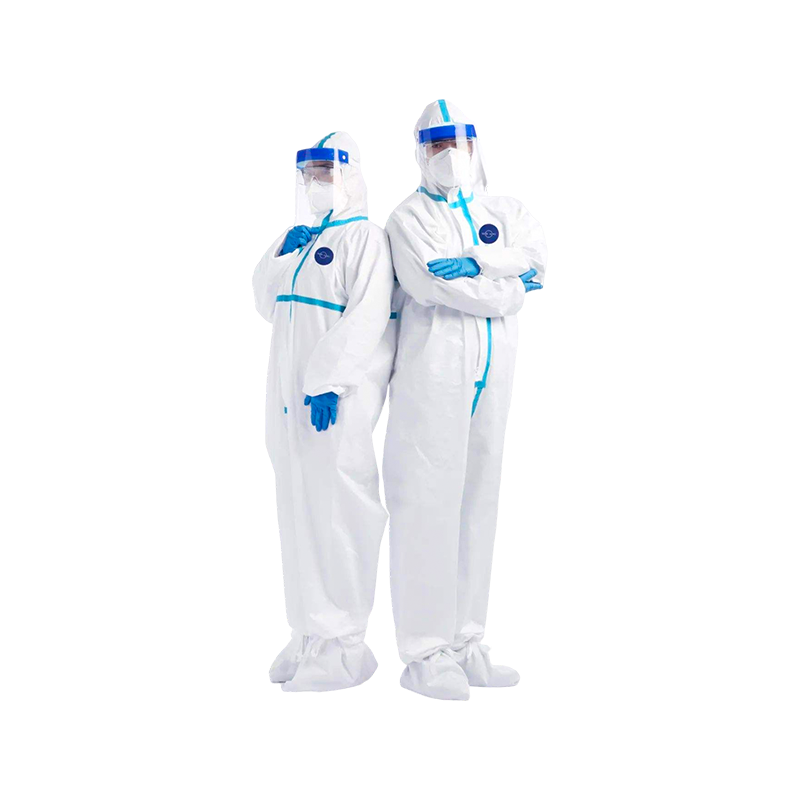The types of protective clothing include fire protective clothing, industrial protective clothing, medical protective clothing, military protective clothing and protective clothing for special groups. Protective clothing is mainly used in fire protection, military industry, shipbuilding, petroleum, chemical industry, painting, cleaning and disinfection, laboratory and other industries and departments.
disposable labor protection glovesAccording to the protective function, it can be divided into health protective clothing, such as radiation protection clothing, cold clothing, heat insulation clothing and antibacterial clothing, etc.; safety protective clothing, such as flame retardant clothing, flame retardant protective clothing, arc protective clothing, anti-static clothing, space suit , diving suits, acid-proof suits and insect-proof suits, etc.; work clothes to keep the wearer hygienic, such as oil-proof suits, dust-proof suits and water-repellent suits.
The structure of protective clothing has the characteristics of anti-penetration, good air permeability, high strength, and high resistance to hydrostatic pressure. It is mainly used in industrial, electronic, medical, chemical, and bacterial infections.
In addition to meeting the wearing requirements of high strength and high wear resistance, there are often differences due to different protection purposes and protection principles. To contemporary new functional materials and composite materials, such as: impact-resistant para-aramid and high-strength and high-modulus polyethylene fiber products, oil-repellent fluorine-containing compounds, radiation-resistant polyimide fibers, antistatic Aggregated acrylic fiber complexed with copper fiber, antibacterial fiber and related deodorant finishing fabric.
Steps for removing protective clothing:
1. Leave the work site or
disposable blend nitrile glove "hot zone" when the protective clothing still has enough air, so that the pollution can be safely removed, and the protective clothing should be removed in time.
2. If protective clothing comes into contact with toxic chemicals, properly detoxify and then remove protective clothing.
3. Remove protective clothing in the reverse order of putting on protective clothing, and do not touch areas where chemicals may be on the protective clothing.
4. If possible, complete detoxification, cleaning, inspection and air pressure testing of protective clothing for reuse.
5. If the protective clothing cannot be detoxified, the protective clothing should be discarded in a safe manner. (Note: see Detoxification section)
Shelf life:
Protective clothing is made from a variety of different rubbers and polymers. Data on the shelf life of these materials are currently lacking
according to. It should be based on the use of protective clothing. After 5 years, it has been used as "training special" chemical protective clothing.
Storage:
Should be stored in a cool, dry place away from direct sunlight.
Protective clothing can be stored directly in the original packaging bag or stored on a clothes hanger.

